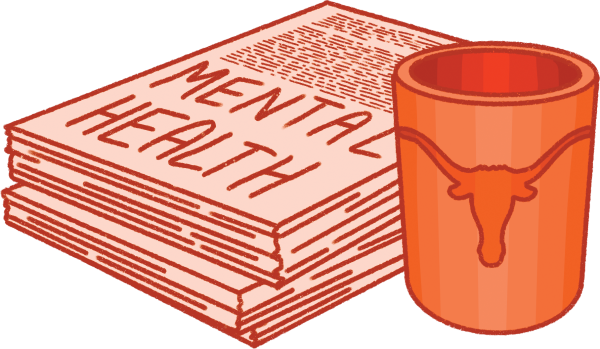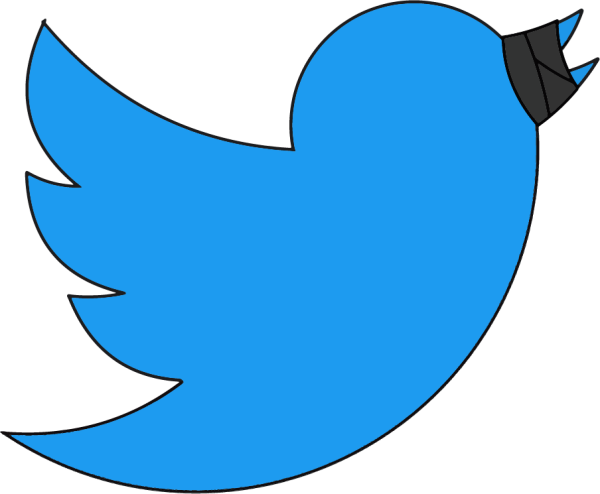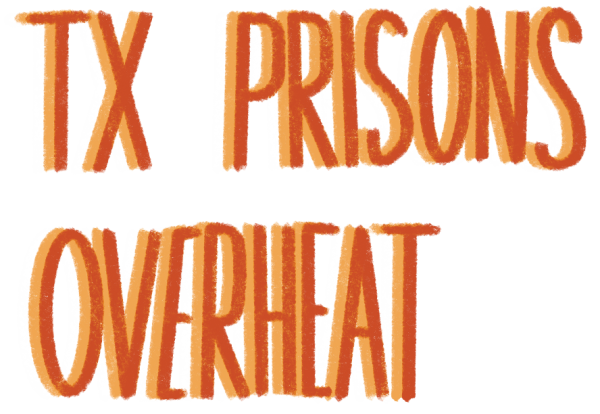How the White House Became a COVID-19 Hotspot
November 15, 2020
Social media is a force that has reached generally tech-incompetent politicians at a speed that is truly blistering. This trend is exemplified in the tendency of President Donald Trump to provide the world with a roving window into his mind via the social media platform Twitter. This, however, has major possible repercussions, especially during a global pandemic.
In September, The New York Times ran an article about the current abysmal state of the United States’ healthcare communications, or in other words how our government communicates to citizens about public health crises. This is actually used more than you might think — in Austin, zebra mussels inhabited some of Austin Water’s pipes for a couple of days, which caused the city to immediately begin sending emergency announcements to families and communities all around the city. However, in this pandemic, a problem that has become abundantly clear — our healthcare communications suck. They effectively boil down to government officials hoping everyone hears about the dangers of whatever’s out and about.
All of this comes to a head as a result of Trump’s rather horrifying tendency to tweet whatever is on his mind. Normally, this would be a mere embarrassment rather than a risk to the public. However, at this crucial junction of human history, it has become a threat. Trump, on Sept. 1, retweeted an article tweeted by Republican U.S. Rep. Paul Gosar of Arizona, that said lockdowns are “more deadly than COVID itself.” The President was apparently uninclined to note the fact that this article made this claim using a definition of life that has no actual connection to mortality, making it completely void of useful information.
The president seems never to shy away from discrediting many prominent institutions of American society at a moment’s notice for being liars, frauds, etc. On July 13, the POTUS’s account retweeted a tweet that said, “The most outrageous lies are the ones about COVID-19. Everyone is lying. The CDC, Media, Democrats, our Doctors….” This sounds an awful lot like something out of a satirical movie — presidents aren’t supposed to support calling half of America liars and certainly aren’t supposed to undermine the public’s trust of doctors, whose credibility is crucial to ensuring that public health is maintained.
But this is all a sideshow in comparison to the president’s actual diagnosis of COVID-19, and the way he treated it. The inconsistent messaging from his administration was an attempt to play down his own diagnosis as well as the entire pandemic itself. As Trump told Washington Post associate editor Bob Woodward, “I always wanted to play [the coronavirus] down.” This is consistently mirrored in his tweets which tell Americans not to be “afraid of COVID” and that they shouldn’t “let it dominate [their] life.” Now, in all fairness, whenever a president gets sick, stock markets around the world crash, and economic uncertainty increases dramatically, so staying upbeat is, to an extent, something that all presidents have done and should do. However, there is a risk that the president hasn’t shied from: lying to make the public believe he is upbeat and running the risk that some people won’t take the pandemic seriously at all or, even worse, lose trust in the administration as a whole.
The administration’s messaging around the president’s diagnosis left plenty to be desired, but there’s also just enough hypocrisy in his treatment to leave America’s head spinning. Firstly, Trump received four times the normal dose of an experimental steroid cocktail, which was confusing from a medical standpoint but not unheard of. The primary problem with the public view of the president’s treatment arose from the actual foundation of this cocktail, which is a set of cells known as HEK-293, derived from a legally aborted Dutch fetus. And as Trump’s view on abortion is far from accepting, hearing that Trump received this treatment was surprising to many.
These are but few examples, but they all follow the same vein — a critical lack of public health messaging leaves a massive void for tomfoolery, which the President has stooped low enough to fill without hesitation. We ought to expect a higher level of public discourse from our elected leader as we have in the past. Very few presidents other than our current one have abused our public forums to the extent that Trump has, and we ought to be vigilant of this as we head into this year’s election. COVID-19 is merely the latest in a string of examples.







